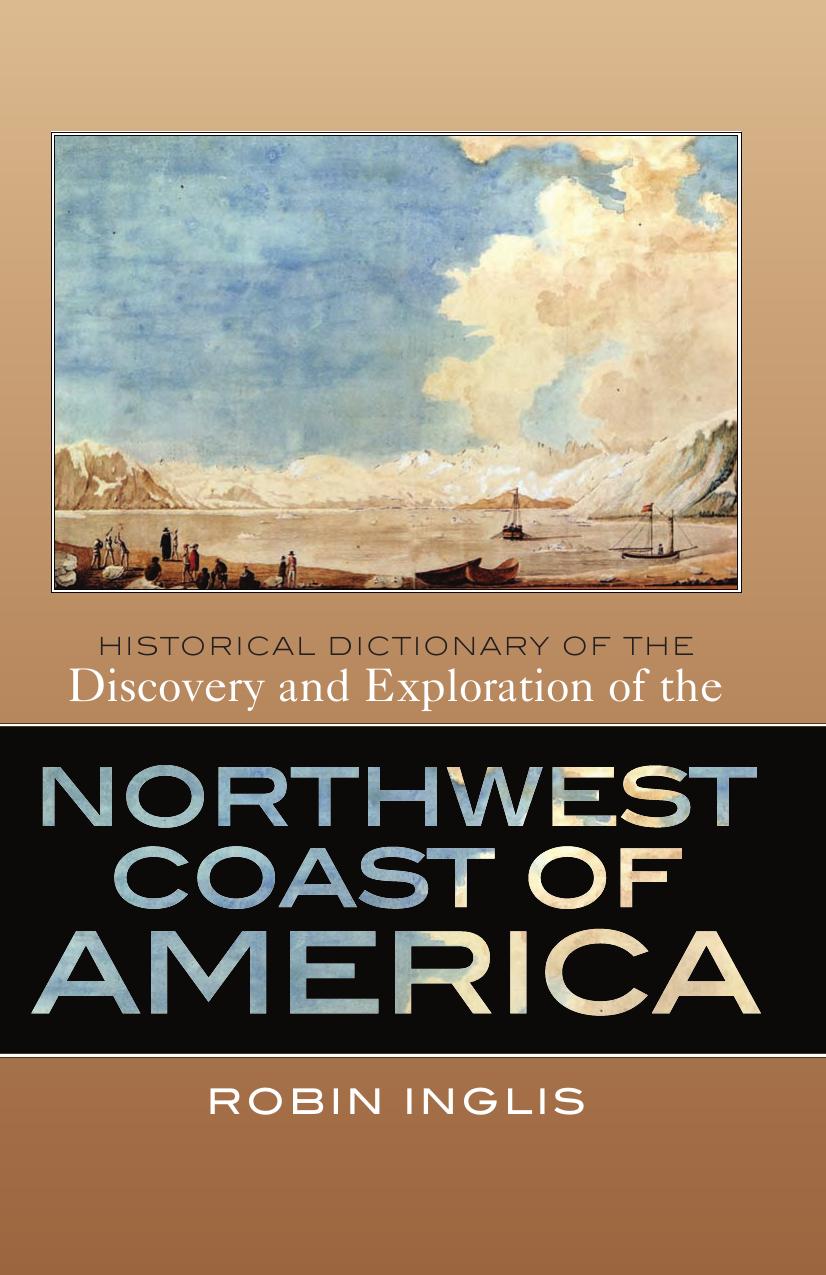

Most ebook files are in PDF format, so you can easily read them using various software such as Foxit Reader or directly on the Google Chrome browser.
Some ebook files are released by publishers in other formats such as .awz, .mobi, .epub, .fb2, etc. You may need to install specific software to read these formats on mobile/PC, such as Calibre.
Please read the tutorial at this link: https://ebookbell.com/faq
We offer FREE conversion to the popular formats you request; however, this may take some time. Therefore, right after payment, please email us, and we will try to provide the service as quickly as possible.
For some exceptional file formats or broken links (if any), please refrain from opening any disputes. Instead, email us first, and we will try to assist within a maximum of 6 hours.
EbookBell Team

0.0
0 reviewsThe Northwest Coast of America, ranging from northern California through Oregon, Washington, and British Columbia, all the way up to Alaska, was the last temperate coastline to be placed on the world map. First visited by Russians in 1741 and thought to contain a navigable passage between the Pacific and the Atlantic, it was systematically revealed during an intense period of exploratory and commercial activity from the 1770s to the 1790s. Subsequently, the imperial ambitions of Russia, Spain, and Britain, and an assumption of manifest destiny by the United States led to further exploration and ensured that the region would become disputed territory before national boundaries were determined in the mid-19th century. The Historical Dictionary of the Discovery and Exploration of the Northwest Coast of America tells of the heroic endeavors and remarkable achievements, the endless speculation about a northwest passage, and the fighting and manipulation for commercial advantage that surrounded this terrain. This is done through an introductory essay, a detailed chronology, an extensive bibliography, modern maps and selected historical maps and drawings, and over 400 cross-referenced dictionary entries. Entries cover the native people encountered; the scientists and artists who left an invaluable documentary and visual record of people, places, flora, and fauna; the numerous voyages taken by men such as Vitus Bering, James Cook, Juan Francisco de la Bodega y Quadra, and George Vancouver; overland expeditions like those of Alexander Mackenzie, Simon Fraser, Meriwether Lewis and William Clark, and David Thompson; and maritime fur traders, including George Dixon, Grigorii Shelikhov, Robert Gray and William Sturgis. No other dictionary exists that is dedicated solely to the coverage of this region.
**
From BooklistIn this dictionary, Inglis (past director of the North Vancouver Museum and Archives and the Vancouver Maritime Museum) reviews the exploits of Britain, France, Russia, Spain, and the U.S. in Northwest North America from the sixteenth to nineteenth centuries. About 65 percent of the 410 or so entries are biographical, covering artists, cartographers, merchants, military officers, native chiefs, scientists, and others. Another 20 percent are on geographical features such as bays, islands, provinces, rivers, settlements, and states. The rest include a range of topics relevant to Northwest exploration (e.g., Fur trade, Haida, Navigation ). Entries range in length from a sentence or two (for example, Maka) to several pages (Malaspina, Alejandro), though most are around half a page long. Information on persons includes the year of birth and death and a review of Northwest significance. Geographical entries give a brief physical description and an account of relevant historical events. Other topics focus on the importance of the subject within the history of Northwest discovery and exploration. For example, the entry on Sea otters describes how pelt commercialization affected European expansion in the Northwest. Eight good quality modern and historical maps and four historic depictions are included. A well-organized and detailed 74-page bibliography, which includes an 8-page introductory review of key resources, directs users to relevant encyclopedias, dictionaries, atlases, articles, and more (Web sites excluded). A chronology (1494–1867) and a 31-page introductory historical essay are also included. Considering that some of this information is in other resources, such as Who’s Who in Pacific Navigation (1991), Who Was Who in World Exploration (1992), and the Oxford Companion to World Exploration (2007), this new dictionary will best suit large comprehensive collections. --Stephen Fadel
Well written, thoroughly researched, and interesting.... an excellent companion to the historical literature. It is thus highly recommended for any library with holdings covering the history and culture of the Pacific Northwest coast. (American Reference Books Annual, March 2009)
Robert Inglis has produced a useful book. It is clear that the author is extremely knowledgeable and most students' requirements will be met by this volume. (John Kendall s)
His writings are definitive works in a field ready for such definition. . . . Inglis is a highly competent historian as well, one with a sense for the meticulous assembly of data. . . . Astonishingly detailed and exhaustive product is the result of that intent, and clearly is the result of a lifetime's painstaking scholarship. . . . A detailed chronology is supported by maps and a lengthy biography, leavened with selected historical illustrations, all of which serve to frame the heart of the book. . . . A very clean text and attention to detail . . . make the ook a pleasing experience physically. . . . Inglis has arguably produced the most useful single volume yet published, for student, scholar and lay reader alike. (International Journal of Maritime History, December 2009)
This new dictionary will best suit large comprehensive collections. (Booklist, October 2008)